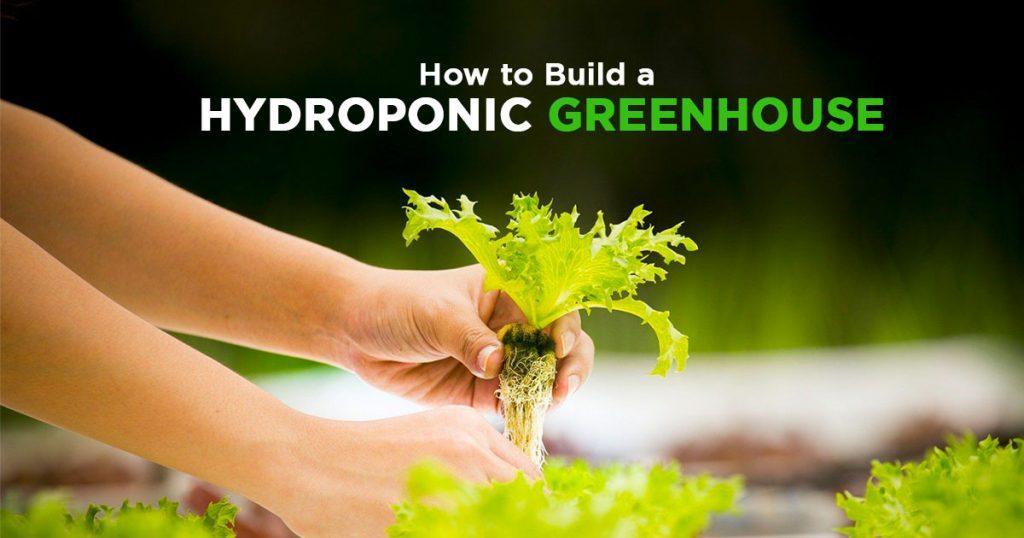In recent years, backyard gardening has experienced a surge in popularity as more and more people seek to reconnect with nature and cultivate their own fresh produce. However, limited space can often pose a challenge for those who dream of having a lush garden right in their own backyard. Fortunately, there is a solution: hydroponic greenhouses. These innovative structures offer an effective alternative for individuals lacking space while still allowing them to grow their own small garden.
What is Hydroponics?
Hydroponics is a method of growing plants without soil, using a nutrient-rich water solution instead. The plants are typically placed in a growing medium such as perlite, vermiculite, or coconut coir, which supports the root system and allows for efficient nutrient absorption. This method provides an ideal environment for plants to thrive, as it ensures the precise delivery of nutrients and eliminates the risk of soil-borne diseases.
Best Plants for Hydroponics
A wide range of plants can be grown successfully using hydroponics. Leafy greens like lettuce, spinach, and kale are particularly well-suited for this method, as they have shallow root systems and grow quickly. Herbs such as basil, parsley, and mint also thrive in hydroponic systems. Additionally, tomatoes, cucumbers, peppers, and strawberries can be successfully cultivated using hydroponics, offering a variety of options for gardeners with limited space.
Things to Know Before You Buy or Build a Hydroponic Greenhouse
Before embarking on your hydroponic greenhouse journey, there are a few important factors to consider. First, ensure that you have a reliable source of electricity and water for your greenhouse, as these are essential for maintaining the hydroponic system.
Additionally, familiarize yourself with the specific needs of the plants you wish to grow, including optimal temperature, humidity, and lighting conditions. Understanding these requirements will help you create the most suitable environment for your plants’ growth.
Where to Buy an Inexpensive DIY Greenhouse
If you’re looking for an inexpensive option to build your own hydroponic greenhouse, there are several places where you can find affordable supplies. Online marketplaces such as Amazon, eBay, and Alibaba offer a wide range of greenhouse kits and materials at varying price points. Local gardening stores and nurseries may also carry greenhouse supplies, and some even offer DIY workshops or guidance on building your own greenhouse.
How to Build a Hydroponic Greenhouse – Step-by-Step Procedure
The following guide provides step-by-step instructions on how to build a wick hydroponic system in a greenhouse. This specific guide focuses on the wick system, which is a beginner-friendly hydroponic method that utilizes a simple wick to transport water and nutrients to the plant’s roots.
The Wick Hydroponic System
The wick system is a type of hydroponic system that requires no electric pump to deliver water and nutrients to the plants. Instead, a wick, typically made of a string or fabric, extends from the plant’s roots down into a reservoir of nutrient solution. The wick acts as a passive transport system, drawing up the required water and nutrients from the reservoir to the plant’s root zone.
Choose a suitable plant container: Select a container with an opening in the bottom, such as a bucket or a plastic container. Ensure it is large enough to accommodate the plant’s root system.
Prepare the reservoir: Find a separate reservoir that will hold the water and nutrient solution. This can be a bucket, a plastic container, or any other watertight vessel. Make sure it is large enough to hold an ample amount of solution for your plants.
Create the wick: Cut a wick material, such as a cotton string or a fabric strip, long enough to reach from the bottom of the plant container to the reservoir. The wick will transport the water and nutrients to the plant’s roots. Insert one end of the wick through the hole at the bottom of the plant container, leaving the other end dangling into the reservoir.
Fill the plant container: Add a suitable growing medium to the plant container, such as perlite, vermiculite, or a hydroponic-specific substrate. Ensure it provides adequate support for the plant and allows for good drainage.
Plant your chosen crops: Place the plants into the container, positioning the roots in the growing medium. Gently pack the medium around the roots to secure the plants in place.
Mix the nutrient solution: Prepare a nutrient solution according to the instructions provided with your hydroponic nutrient mix. Follow the recommended dilution ratios and ensure a balanced nutrient composition suitable for the chosen plants.
Fill the reservoir: Pour the nutrient solution into the reservoir, ensuring it reaches a level that allows the wick to absorb the solution effectively.
Monitor and maintain: Regularly check the nutrient solution level in the reservoir. Refill it as needed to ensure the wick remains in contact with the solution, providing a steady supply of water and nutrients to the plants. Monitor the overall health of the plants, adjusting the nutrient solution strength or pH if necessary.
Provide adequate lighting: Place the wick system in an area of the greenhouse that receives appropriate lighting for the specific plants being grown. Supplemental grow lights may be required if natural light is insufficient.
Maintain appropriate environmental conditions: Ensure proper ventilation, temperature, and humidity levels within the greenhouse to create an optimal growing environment for the plants.
By following these steps, you can build a wick hydroponic system in your greenhouse. Remember to choose plants that require less water to minimize the need for frequent reservoir refilling. Enjoy the process of growing your plants hydroponically!

